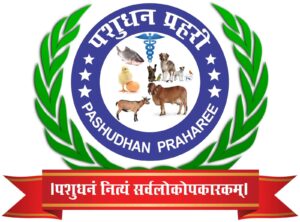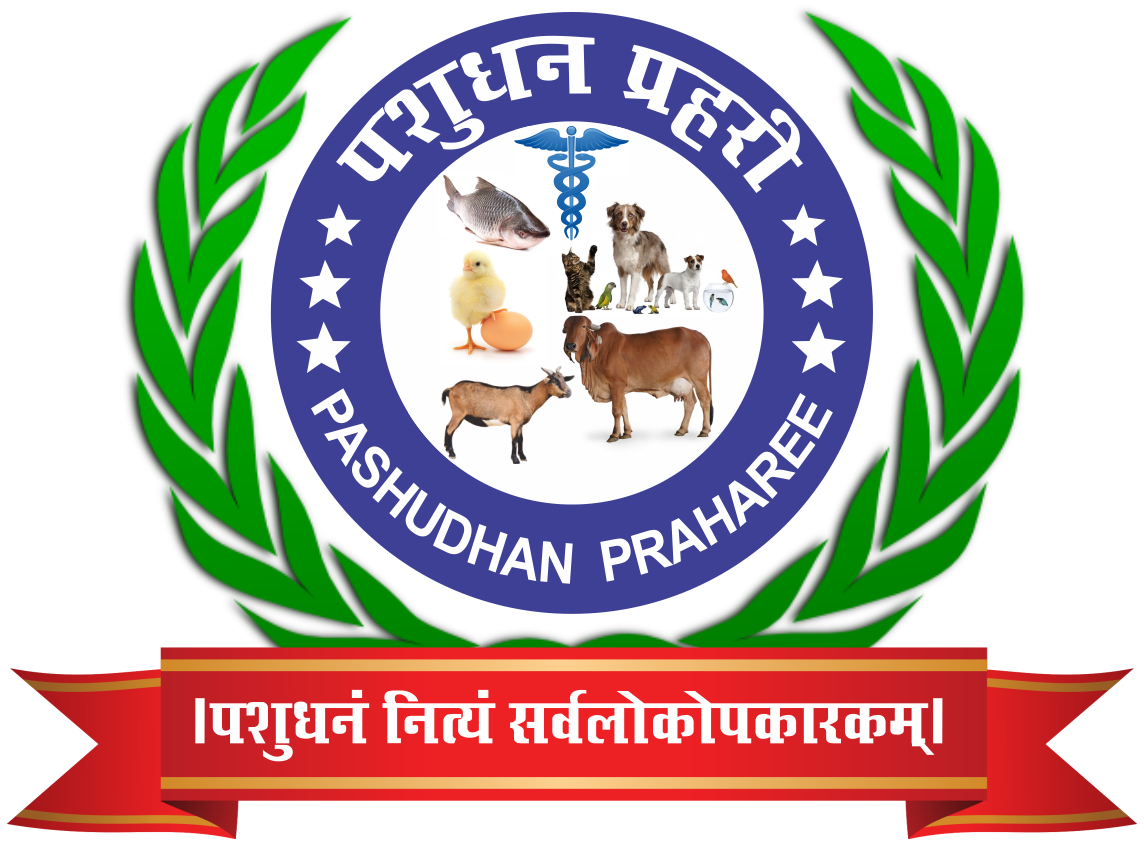Cultured Meat: Revolutionizing Food Security and Animal Husbandry in India
India, with its burgeoning population and increasing demand for protein-rich diets, faces significant challenges in ensuring food security and safety. Traditional meat production methods are often associated with environmental degradation, ethical concerns, and public health risks. Lab-grown meat emerges as a promising solution to address these issues by providing a sustainable, safe, and ethical source of animal protein.
Lab-grown meat, also known as cultured or cultivated meat, represents a groundbreaking advancement in food technology. By producing meat through cellular agriculture—cultivating animal cells in controlled environments—this innovation offers a sustainable and ethical alternative to traditional livestock farming. In the context of India, a nation grappling with food security challenges, environmental concerns, and a diverse dietary landscape, lab-grown meat holds significant promise. This comprehensive analysis explores the potential of lab-grown meat to revolutionize food safety and security in India, examines existing startups in the sector, and provides a SWOT analysis to assess its viability.
- Introduction to Lab-Grown Meat
Lab-grown meat involves the cultivation of animal muscle cells in vitro to produce meat products without the need for animal slaughter. The process begins with the extraction of a small sample of animal cells, which are then placed in a nutrient-rich culture medium. These cells proliferate and differentiate into muscle tissue, mimicking the natural growth of meat within an animal. The result is real meat that is biologically identical to conventional meat but produced in a controlled, sterile environment.
- The Indian Context: Food Security and Dietary Preferences
India faces the dual challenge of ensuring food security for its vast population and addressing malnutrition. Traditional livestock farming is resource-intensive, requiring substantial land, water, and feed, and contributes to environmental degradation. Moreover, India’s diverse cultural and religious practices influence dietary habits, with a significant portion of the population adhering to vegetarianism. However, meat consumption is on the rise, driven by urbanization and increasing income levels. Lab-grown meat offers a potential solution to meet this growing demand sustainably while respecting cultural sensitivities.
- Advantages of Lab-Grown Meat in India
- Environmental Sustainability: Cultured meat production significantly reduces greenhouse gas emissions, land use, and water consumption compared to conventional livestock farming. This aligns with India’s commitments to environmental conservation and climate change mitigation.
- Food Safety and Hygiene: Produced in sterile conditions, lab-grown meat minimizes the risk of contamination by pathogens such as Salmonella and E. coli, which are prevalent in traditional meat supply chains.
- Ethical Considerations: Lab-grown meat addresses animal welfare concerns by eliminating the need for animal slaughter, appealing to ethically conscious consumers.
- Customization and Nutrition: The controlled production process allows for the enhancement of nutritional profiles, such as reducing saturated fats or enriching with essential nutrients, catering to health-conscious consumers.
- Challenges Facing Lab-Grown Meat in India
- Regulatory Framework: As of now, India lacks a comprehensive regulatory framework for the approval and oversight of lab-grown meat products. The Food Safety and Standards Authority of India (FSSAI) is in the process of drafting regulations to address this emerging sector.
- Cultural Acceptance: Overcoming traditional dietary preferences and skepticism towards lab-grown meat requires extensive consumer education and awareness campaigns.
- Production Costs: Currently, the production of lab-grown meat is more expensive than conventional meat. Scaling up production and technological advancements are necessary to achieve cost parity.
- Infrastructure and Investment: Developing the necessary biotechnological infrastructure and attracting investment are critical for the growth of the lab-grown meat industry in India.
- Existing Startups and Research Initiatives in India
India’s foray into the lab-grown meat sector is marked by innovative startups and research collaborations:
- ClearMeat: Established in 2019, ClearMeat is India’s first cultivated meat company, focusing on producing lab-grown chicken mince. The startup aims to provide affordable and hygienic meat alternatives to cater to the Indian palate.
- Centre for Cellular and Molecular Biology (CCMB): In collaboration with the National Research Centre on Meat (NRCM), CCMB is engaged in research to develop cultured meat technologies, emphasizing scalable and cost-effective production methods.
- Good Food Institute India (GFI India): Serving as a catalyst, GFI India collaborates with various stakeholders, including startups, researchers, and policymakers, to advance the alternative protein sector, including lab-grown meat.
- SWOT Analysis of Lab-Grown Meat in India
A SWOT analysis provides a strategic assessment of the lab-grown meat industry’s potential in India:
- Strengths:
- Environmental Benefits: Reduced resource consumption and lower greenhouse gas emissions.
- Food Safety: Controlled production environments minimize contamination risks.
- Ethical Production: Addresses animal welfare concerns, appealing to a segment of consumers.
- Weaknesses:
- High Production Costs: Current technologies are expensive, making products less accessible.
- Regulatory Uncertainty: Absence of clear guidelines may hinder market entry and consumer trust.
- Cultural Resistance: Traditional dietary habits may pose challenges to acceptance.
- Opportunities:
- Market Demand: Growing urbanization and health awareness increase the demand for alternative proteins.
- Technological Advancements: Innovations can lead to cost reductions and product diversification.
- Government Support: Policy initiatives promoting sustainable agriculture can bolster industry growth.
- Threats:
- Competition: Emergence of plant-based proteins and other meat substitutes.
- Economic Factors: Fluctuations in investment and production costs can impact scalability.
- Consumer Mistrust: Skepticism towards lab-grown products may affect adoption rates.
- Regulatory Landscape and Future Prospects
The FSSAI is actively working on formulating regulations for lab-grown meat, dairy, and egg products, aiming to ensure consumer safety and product standardization.
The Science Behind Lab-Grown Meat
Cultured meat is produced through tissue engineering techniques that involve the following steps:
- Cell Isolation: Harvesting a small sample of animal cells, typically muscle cells, from a living animal without causing harm.
- Cell Cultivation: Placing these cells in a nutrient-rich culture medium that supports their growth and proliferation.
- Tissue Formation: Encouraging the cells to differentiate and organize into muscle tissue, mimicking the structure of conventional meat.
- Harvesting: Once the desired tissue structure and quantity are achieved, the cultured meat is harvested for consumption.
This process occurs in a controlled environment, reducing the risk of contamination and allowing for precise control over the nutritional content of the meat.
Detailed Project Report (DPR) Overview
Developing a lab-grown meat production facility in India involves several key components:
- Market Analysis: Assessing consumer demand, potential market size, and competitive landscape.
- Technical Feasibility: Evaluating the technological requirements, including bioreactors, culture media, and cell lines.
- Financial Projections: Estimating capital expenditure, operational costs, and revenue streams.
- Regulatory Compliance: Understanding and adhering to food safety standards and regulations.
- Risk Assessment: Identifying potential challenges and developing mitigation strategies.
The advent of lab-grown meat, also known as cultured or cultivated meat, is poised to significantly impact animal husbandry in India. This innovative technology involves producing meat by cultivating animal cells in controlled environments, offering a sustainable and ethical alternative to traditional livestock farming.
Potential Impacts on Animal Husbandry in India
- Reduction in Livestock Numbers: As lab-grown meat gains consumer acceptance, the demand for conventionally farmed meat may decrease. This could lead to a reduction in livestock populations, subsequently diminishing the need for large-scale animal farming operations.
- Environmental Benefits: Traditional animal husbandry in India contributes to significant greenhouse gas emissions, deforestation, and water usage. Transitioning to lab-grown meat production could alleviate these environmental pressures, as studies suggest that cultured meat production leads to 92% less global warming and 93% less air pollution compared to conventional meat production.
- Economic Shifts: The meat industry is a vital source of livelihood for many Indian farmers and workers involved in breeding, feeding, and processing livestock. A shift towards lab-grown meat could disrupt these traditional economic structures, necessitating the development of new skills and employment opportunities in biotechnology and food science sectors.
- Animal Welfare Improvements: Cultured meat production eliminates the need for animal slaughter, addressing ethical concerns related to animal welfare. This could lead to improved public perceptions of meat consumption and potentially reduce the incidence of animal cruelty associated with intensive farming practices.
- Regulatory and Infrastructure Changes: The rise of lab-grown meat will require the establishment of new regulatory frameworks to ensure product safety, quality, and labeling standards. Additionally, investments in infrastructure for large-scale cell culture facilities will be necessary to meet potential market demands.
Challenges and Considerations
- Cultural Acceptance: Meat consumption in India is deeply intertwined with cultural and religious practices. Acceptance of lab-grown meat may vary across different communities, and extensive awareness campaigns will be essential to educate consumers about its benefits and safety.
- Cost Competitiveness: Currently, the production of lab-grown meat is more expensive than traditional meat due to high costs of growth media and technological support. Achieving cost parity will be crucial for widespread adoption.
- Impact on Small-Scale Farmers: A significant portion of India’s meat supply comes from small-scale farmers. The transition to lab-grown meat could adversely affect their livelihoods unless alternative income sources or integration into the new supply chain are facilitated.
Conclusion
Lab-grown meat presents a transformative opportunity to address environmental, ethical, and food security challenges associated with traditional animal husbandry in India. However, careful consideration of economic impacts, cultural factors, and proactive policy development will be essential to navigate the transition and ensure that the benefits of this technology are equitably realized across society. Lab-grown meat holds the promise to revolutionize food safety and security in India by providing a sustainable, ethical, and safe alternative to conventional meat. With strategic investments, supportive policies, and public engagement, India can harness the potential of cultured meat to address its food security challenges and lead the way in innovative food technologies.



